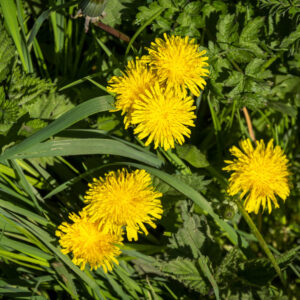Meadows & Grasslands



Meadows and grasslands are open habitats vegetated by grass and wildflower species, providing a haven for many insects, nesting birds, and mammals. They are characteristic of the British landscape, though in recent decades they have become habitats under threat. With a resurgence in wildlife conservation, meadows are now popping up in many gardens and parks across Britain.
Typical of the chalk and limestone hills of southern England, calcareous grasslands possess an abundance of flora. Rolling pastures of Quaking-grass and Sheep’s-fescue are speckled with Harebell, Kidney Vetch, and Salad Burnet, providing food for many species of caterpillar, butterfly, and moth. Dry, chalky soils offer the ideal substrate for wildflowers inhabiting this environment, though it’s through human intervention, of woodland clearance and the grazing of livestock, that supports the biodiversity of calcareous grassland. Without grazing or proper management, these habitats can succumb to a mass of undesirable grasses and allow scrubland to encroach.
The churchyard may seem an unlikely place to find a wildflower meadow, but these ancient sites, some many hundreds of years old, have escaped the burden of fertiliser and intensive land management. This has allowed wildflowers to dominate the surface of these spiritual sites, offering a haven for Oxeye Daisy, Meadow Buttercup, Knapweeds, and Hawkweeds. As is often the case, maintenance of some churchyards is common practise. For best floral diversity, grass cuttings must be collected and not left as a mulch.
















